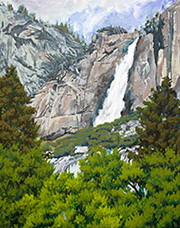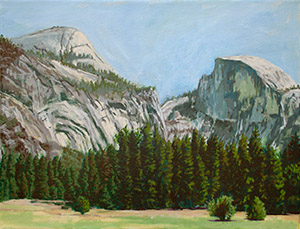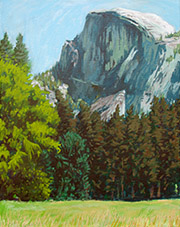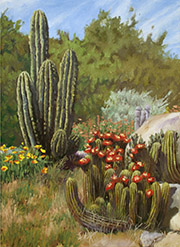
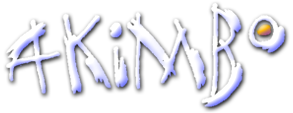
PLEIN AIR
 he term Plein Air or the more formal En Plein Air is used to describe the process of painting outside on location. The phrase is french and translates simply, "In the open air." It first came into use in France in the 19th century, when a new breed of painter, the Impressionist, began leaving the studio and going outside to paint. It isn't that earlier artists hadn't considered painting outside. It's just that up to the 19th century artist equipment and supplies were cumbersome. Earlier painters ground their pigments into powder, mixed them with oil and stored the color concoctions in ram's bladders. Artists easels were huge, heavy contraptions. New inventions of the 19th century, namely, collapsible paint tubes, the portable french easel and the pastel (a dry stick of pigment) became available to artists for the first time.
he term Plein Air or the more formal En Plein Air is used to describe the process of painting outside on location. The phrase is french and translates simply, "In the open air." It first came into use in France in the 19th century, when a new breed of painter, the Impressionist, began leaving the studio and going outside to paint. It isn't that earlier artists hadn't considered painting outside. It's just that up to the 19th century artist equipment and supplies were cumbersome. Earlier painters ground their pigments into powder, mixed them with oil and stored the color concoctions in ram's bladders. Artists easels were huge, heavy contraptions. New inventions of the 19th century, namely, collapsible paint tubes, the portable french easel and the pastel (a dry stick of pigment) became available to artists for the first time.Today plein air painting has never been easier. There are a multitude of portable and lightweight easel solutions and numerous color materials that can be used to paint with color: tubes of oil and acrylic paints, dry pastel chalks and oil pastels, dry markers, even digital tablets. More and more plein air groups are forming every year and heading out to paint together on beaches, in the mountains and deserts and on the streets of our cities.
The great challenge of painting scenes outdoors is the constantly changing light, as the sun travels across the sky. The outcome is that most of these paintings are small and completed quickly. Though often containing less detail than larger paintings completed over multiple sessions in the controlled conditions of the studio, many buyers prefer these simpler plein air paintings, which reflect the energy of the artist as they laid down their pigment quickly. Below I present my plein air paintings.
Click on a thumbnail to see a larger image, details or make a purchase.
